As the weather starts heating up in summer, you might be noticing something alarming: yellow flowers falling off your tomato plants one by one each day, before any tomatoes have developed.
And no flowers, of course, means no fruits.
Blossom drop happens throughout summer, to both heirloom and hybrid tomato types, and rarely is it caused by pests or diseases. It’s especially prevalent in hot climates and/or dry climates, and even if the vines continue to grow and leaf out, the flowers may never hang on long enough to get pollinated.
Can you do anything about it? Yes—and it starts with understanding why blossom drop happens in the first place.
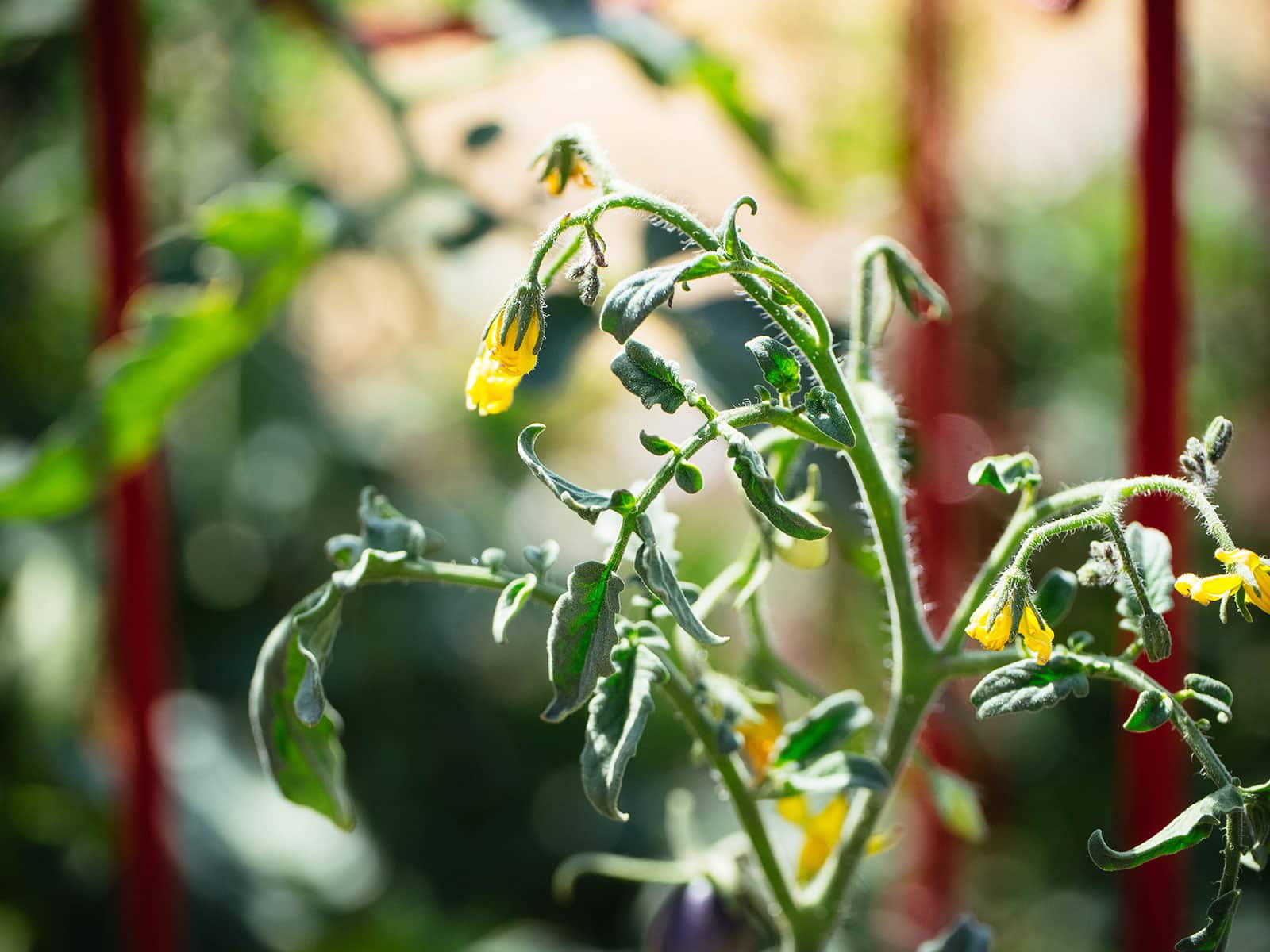
The most common reason is high temperatures.
Does that surprise you? We’ve always heard that tomatoes are frost-sensitive (and they are), but they also don’t love high heat. They’re warm-weather crops, not hot-weather crops.
If daytime temps soar above 85°F and nighttime temps are consistently over 70°F, the pollen becomes unviable. No pollination occurs so the flowers shrivel up and fall off.
On the flip side, low temperatures can affect pollination as well. If nighttime temperatures consistently drop below 55°F, this renders the pollen unviable and causes blossom drop. (Sometimes the flower will still get pollinated, but the resulting tomato fruit suffers from a physical deformity called catfacing.)
Lack of water is another common reason for flowers drying up. If your plants don’t get a good deep soaking each week, fruit set will suffer. Inconsistent watering is also the main cause of another tomato ailment called blossom end rot (which, contrary to popular belief, cannot be fixed simply by adding more calcium).
To a lesser extent, blossom drop can also happen due to:
- Excessive high winds that physically damage the flowers
- Poor pollination by wind or pollinators
- Over-fertilization with nitrogen, which encourages foliage growth at the expense of fruit production
- Heavy fruit set, which typically happens with small transplants that are allowed to flower (they don’t have enough energy to set fruit while establishing roots and growing leaves)
So what can you do about blossom drop?
Disclosure: If you shop from my article or make a purchase through one of my links, I may receive commissions on some of the products I recommend.
First, timing is everything
If you live in a hot climate like Hawaii, Arizona, Texas, Louisiana, Alabama, Florida, and other parts of the South and Southwest, it’s crucial that you plant your tomatoes early to ensure a bountiful crop. Transplanting in late winter to early spring helps your plants avoid the excessive heat that arrives by June and encourages healthy flower and fruit production.
If—like me—you live in a high-desert climate that also sees late frosts in spring, resist the temptation to put your plants out too early. Always be ready to cover with frost cloth if the overnight lows are still in the 40s Fahrenheit.
One trick I use when I want to plant early is to use these water-filled tomato teepees (originally known as “wall ‘o water”) around my plants. They’re a must for gardeners who live in cooler climates!
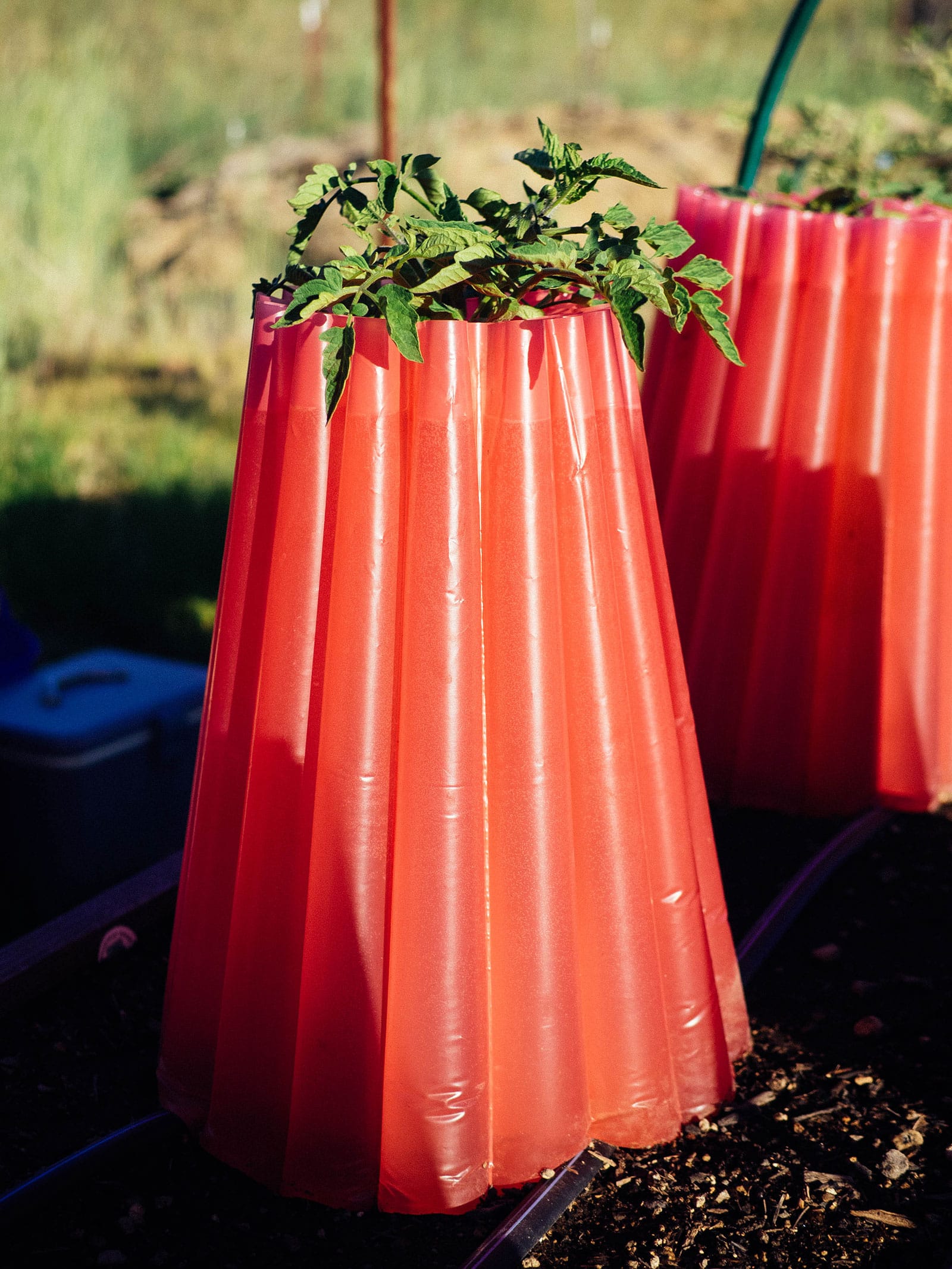
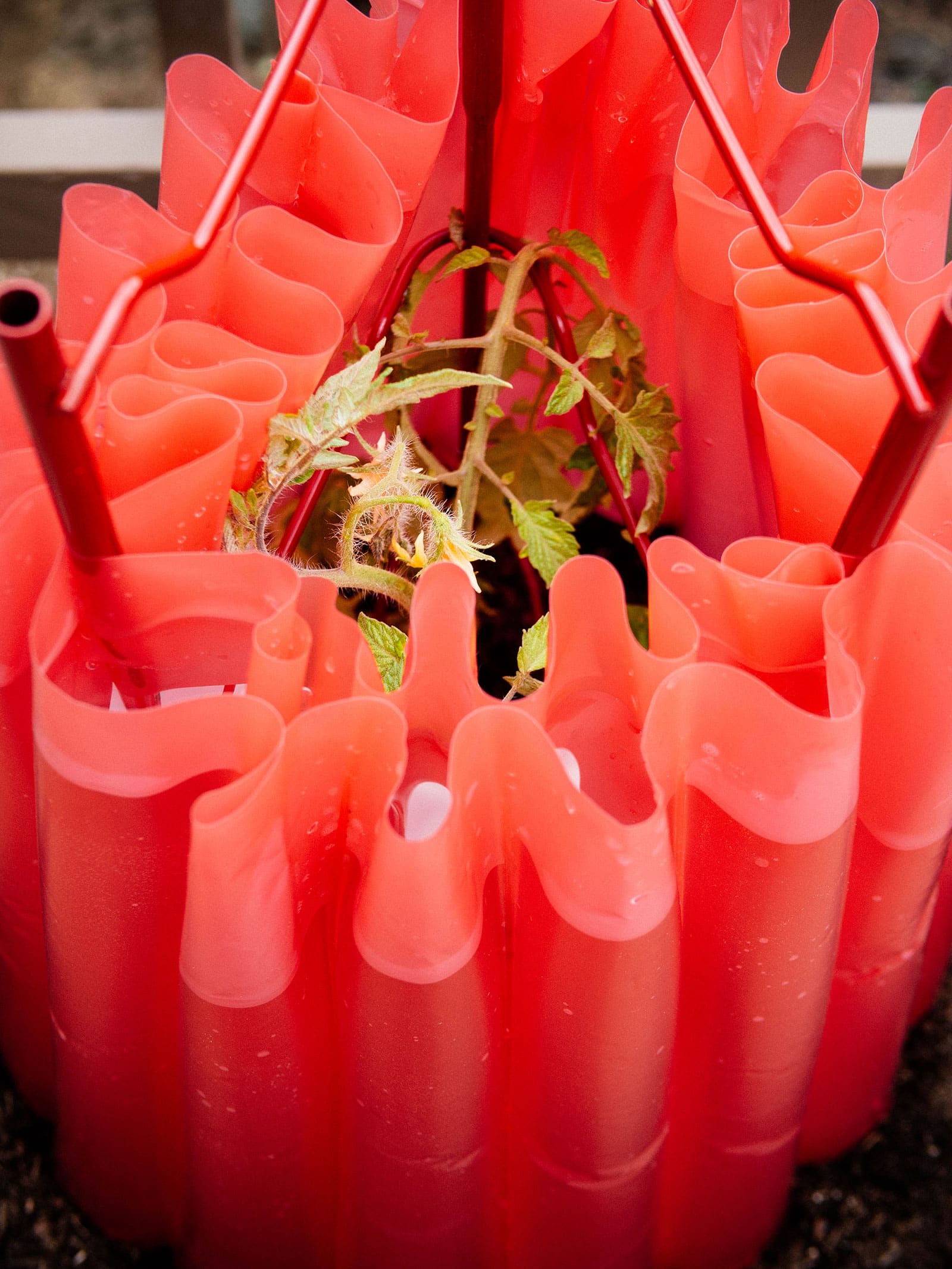
(Side note: I own over two dozen of these insulated walls and some of them have stayed up all summer in my harsh climate, year after year. You’ll find many cheaper knockoffs on Amazon, but I can only recommend two brands that I personally use and that I know are durable—they’re linked below.)
Where to buy
The teepees collect heat during the day and radiate the warmth back out at night, stabilizing temperatures and keeping your plants protected from chills. They only need to be kept on until the foliage starts to grow out the top, at which point the weather should be warm enough to remove the teepees.
I’ve been using tomato teepees for almost 10 years in my Central Oregon garden (whose last frost is typically in mid June) and it’s allowed me to safely transplant tomatoes outside in mid May, which is unheard-of in my area! While many people here end up having to replace frostbitten plants in June, mine are lush and healthy and flowering prolifically.
Choose the right tomato variety
If blossom drop is a constant issue in your garden, consider trying a new cultivar.
In hot climates, a short-season early-maturing tomato variety will give you the best results. Though these are typically recommended for gardeners with short growing seasons, they’re also ideal for gardens that see triple-digit temps in summer.
Short-season tomatoes mature in 70 days or less (sometimes as few as 50 days) so you can get a good harvest before temperatures climb.
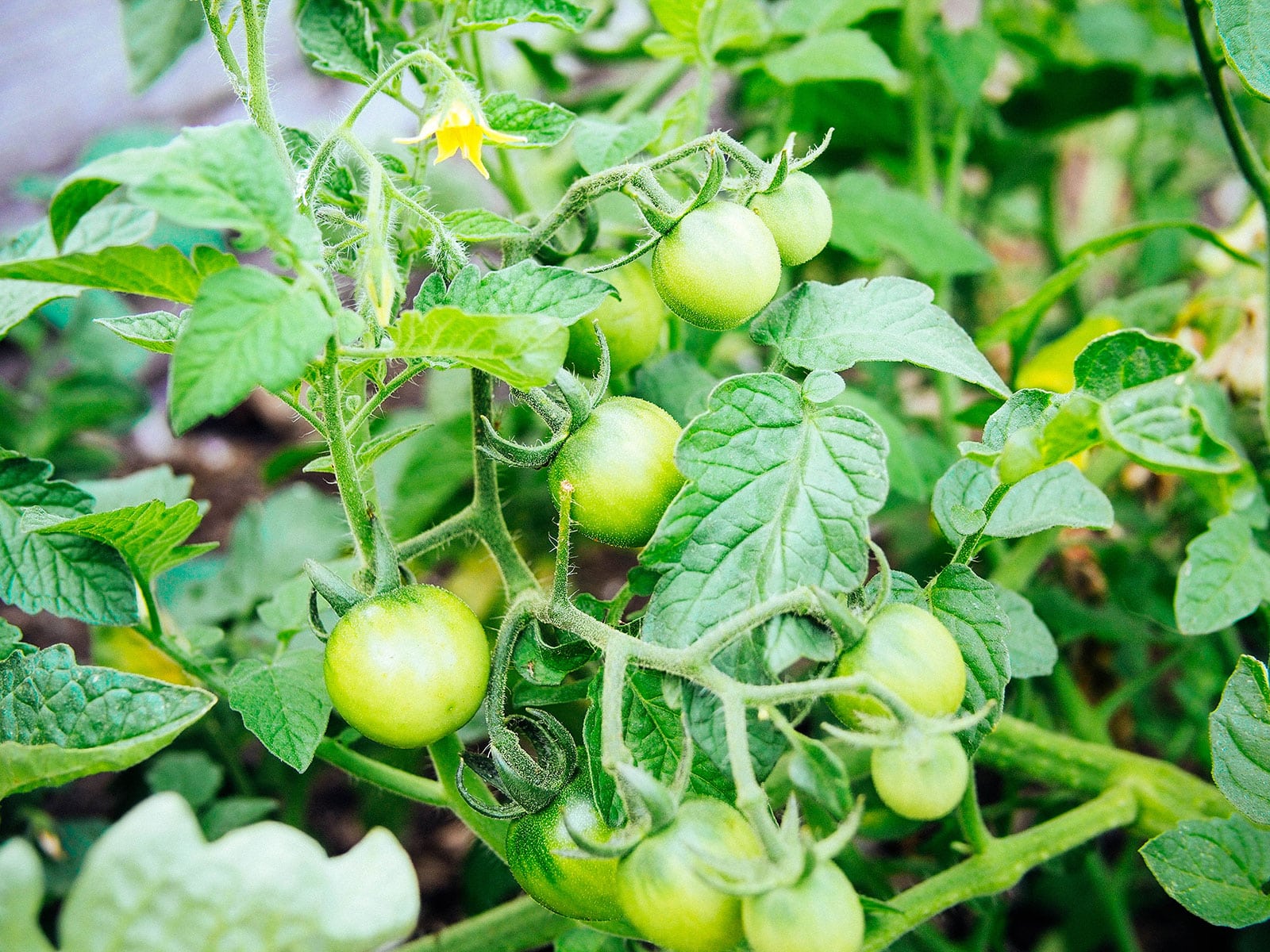
You can also look into growing heat-set tomatoes, which are varieties bred specifically for heat tolerance. These kinds of tomatoes typically don’t have trouble setting fruit in high temperatures and one variety that I love and grow every year is both heat-tolerant and cold-tolerant. (Here’s a list of my recommended heat-set tomato varieties.)
If you can’t find heat-set tomatoes in your area, consider growing determinate tomatoes (sometimes called bush or patio tomatoes). Determinate tomatoes beat the heat by setting their fruits all at once earlier in the season, so you can still harvest a decent amount of tomatoes before the heat gets too intense.
Another advantage of determinate tomatoes is their size: they’re compact enough to grow in a container, and if you put that container on a rolling plant caddy, you can easily move it to a shady spot in the afternoon to shelter it from heat.
Give your plants some shade
Speaking of shade, the easiest way to give your tomato plants a respite from the heat is to shade them in the afternoon when the day is sweltering.
I like to drape a shade cloth (usually 30 percent to 40 percent) over my plants to cool them down during a heat wave. Once it drops down again into the 80s Fahrenheit, the shade cloth comes off.
You don’t have to get a specialty shade cloth, however. You can use old bed sheets, table linens, or even just your existing frost cover as a shade fabric.
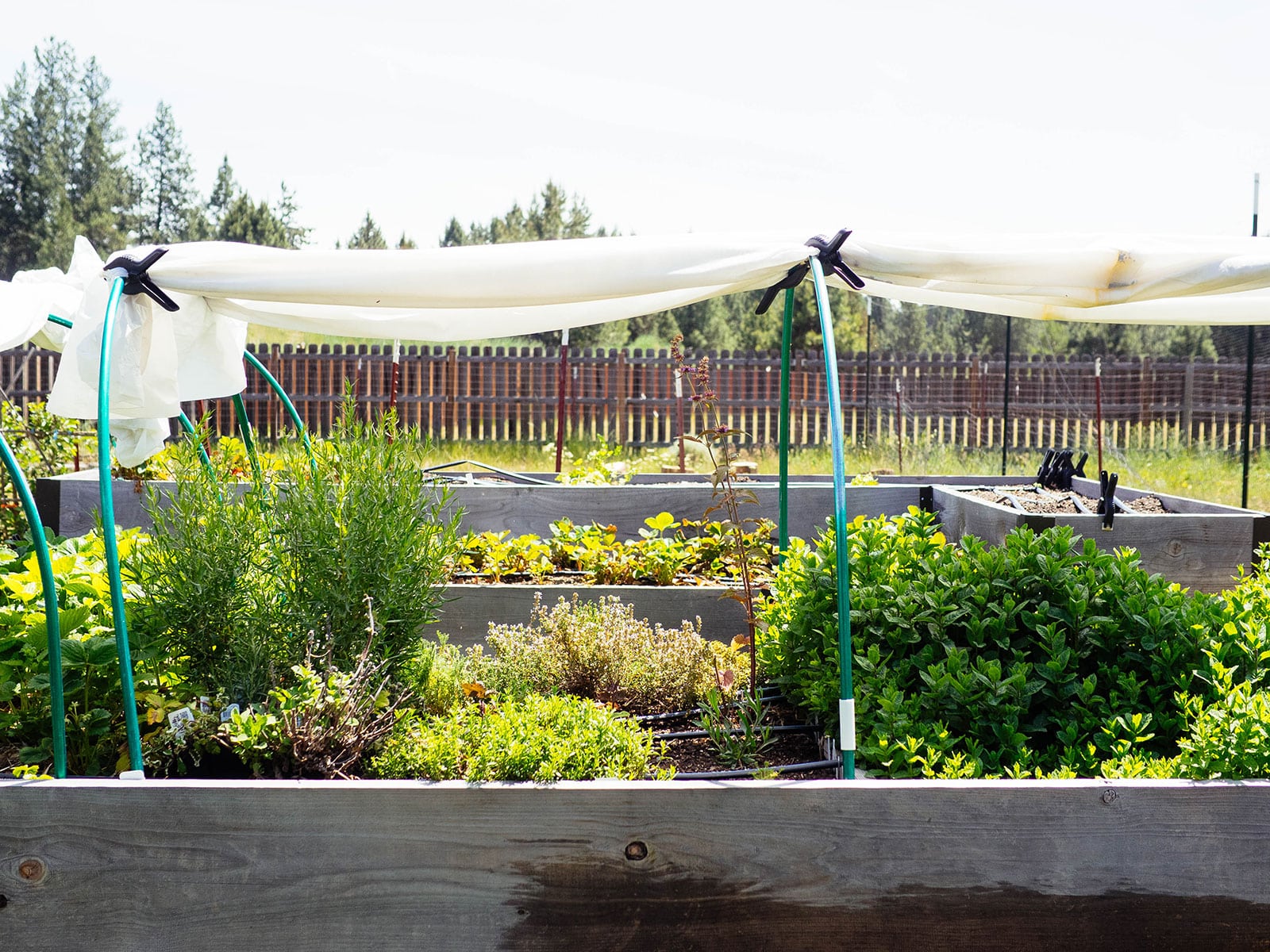
I actually keep frost cloth clipped to my low tunnels all year long. When there’s a threat of frost, I roll it down to cover my raised beds. When I need to shade new transplants or heat-sensitive plants, I only partially cover my beds. The frost cloth is a midweight fabric that doesn’t hold in heat when it’s used this way; it simply offers shade and I can feel the temperature lowered several degrees when I’m working underneath it.
Where to buy
Water consistently
Tomatoes need consistent moisture to get through a period of hot weather. Their roots run deep, and they need water waaaay down there where the soil is cool and full of nutrients.
Aim to give your tomato plants a nice, deep watering two to three times a week (rather than short bursts of watering every day). Consistent watering also helps prevent blossom end rot and keeps the skin from cracking.

Mulch your plants well
Mulching helps keep tomato plants healthy by regulating soil moisture and soil temperature. It also reduces tomato stress if your weather experiences wide temperature swings between day and night.
You can mulch your plants with any type of organic material, though my favorite is straw since it’s inexpensive, easy to source, and breaks down during the growing season to feed the soil.
(I also use sheep wool in my garden, which you see here, as it’s highly insulating and adds small amounts of nitrogen to the soil.)
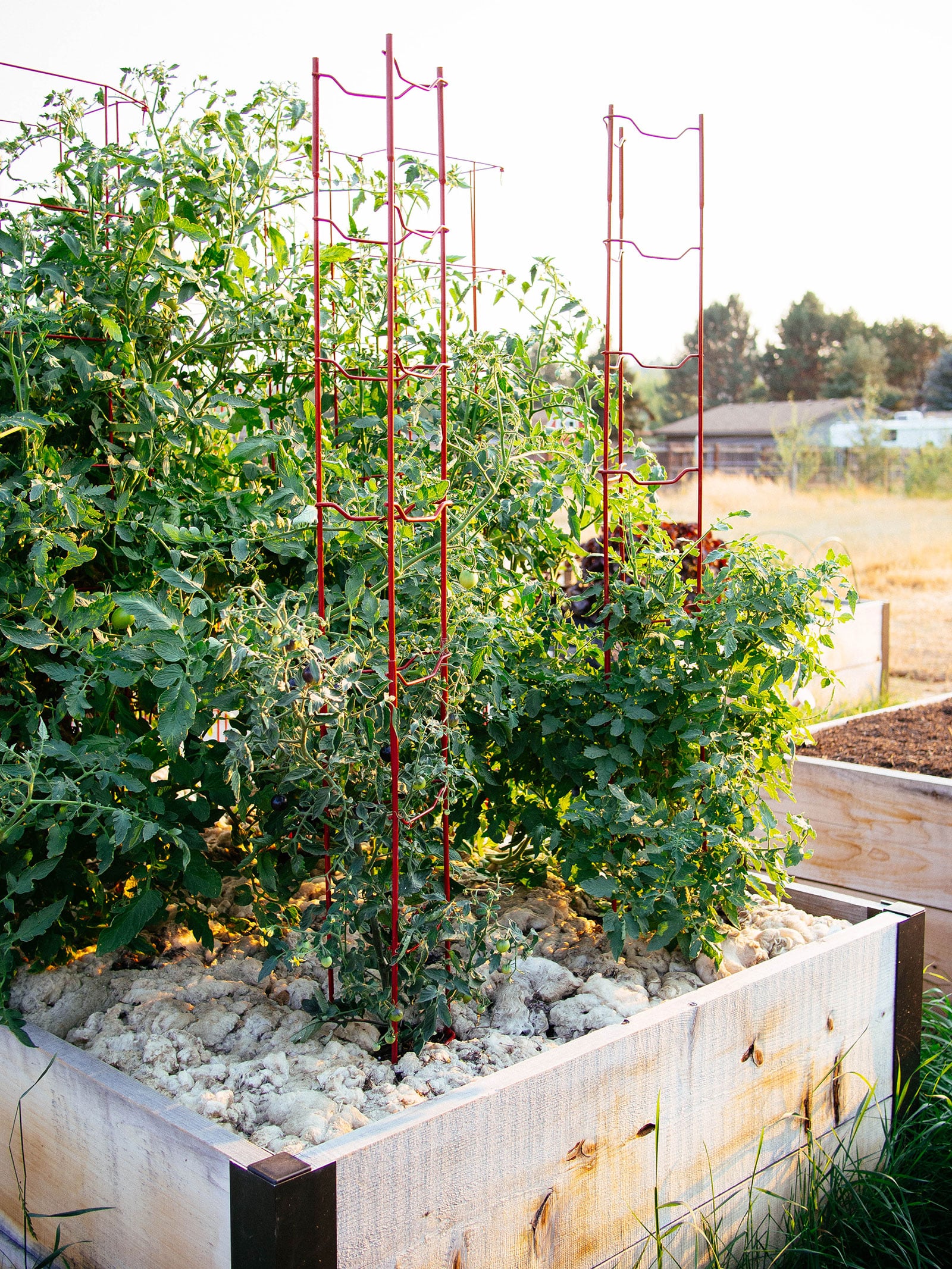
Read more: Here are other types of organic mulch to consider for your garden


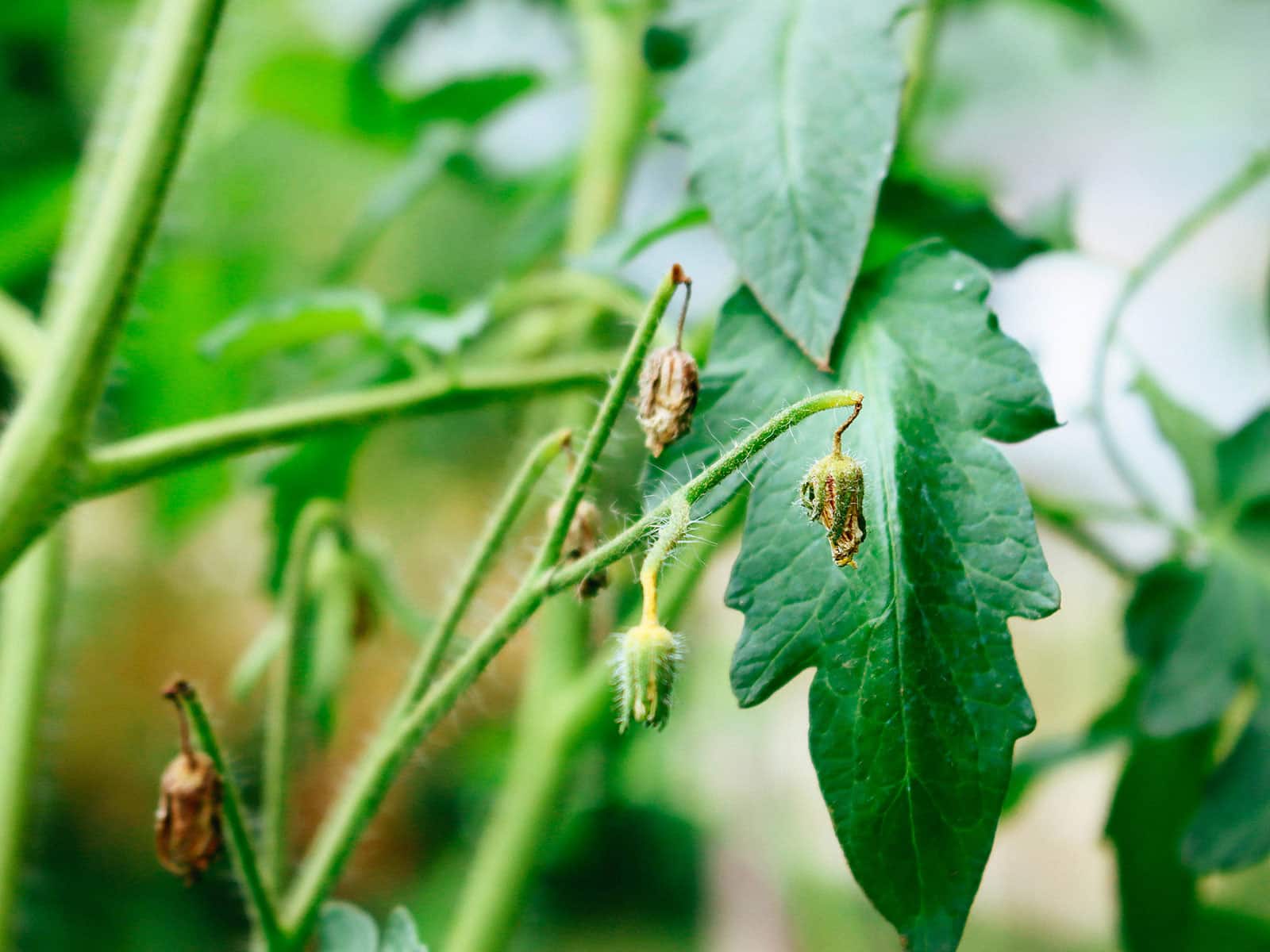
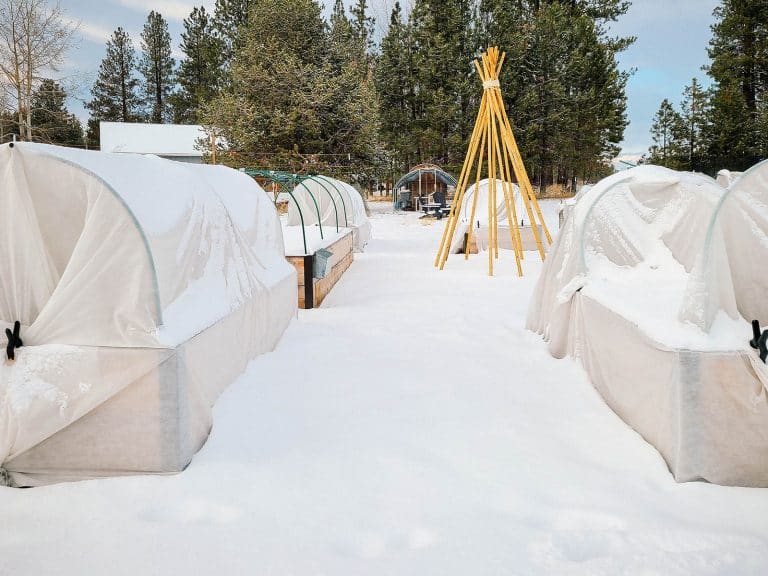
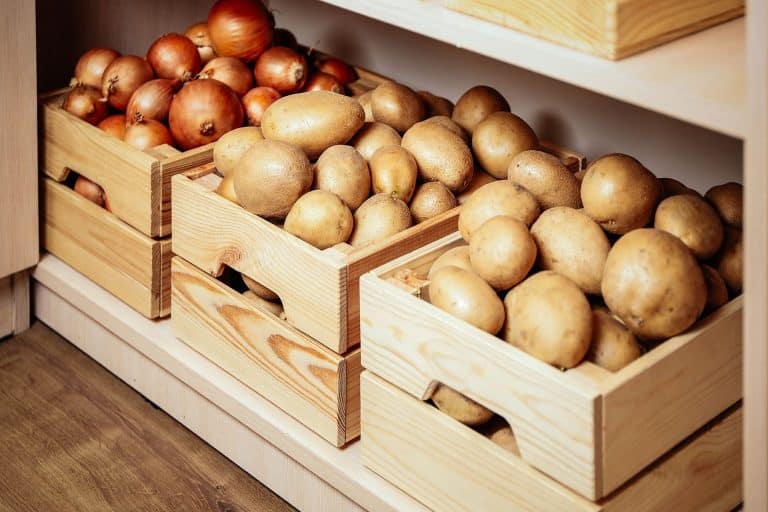
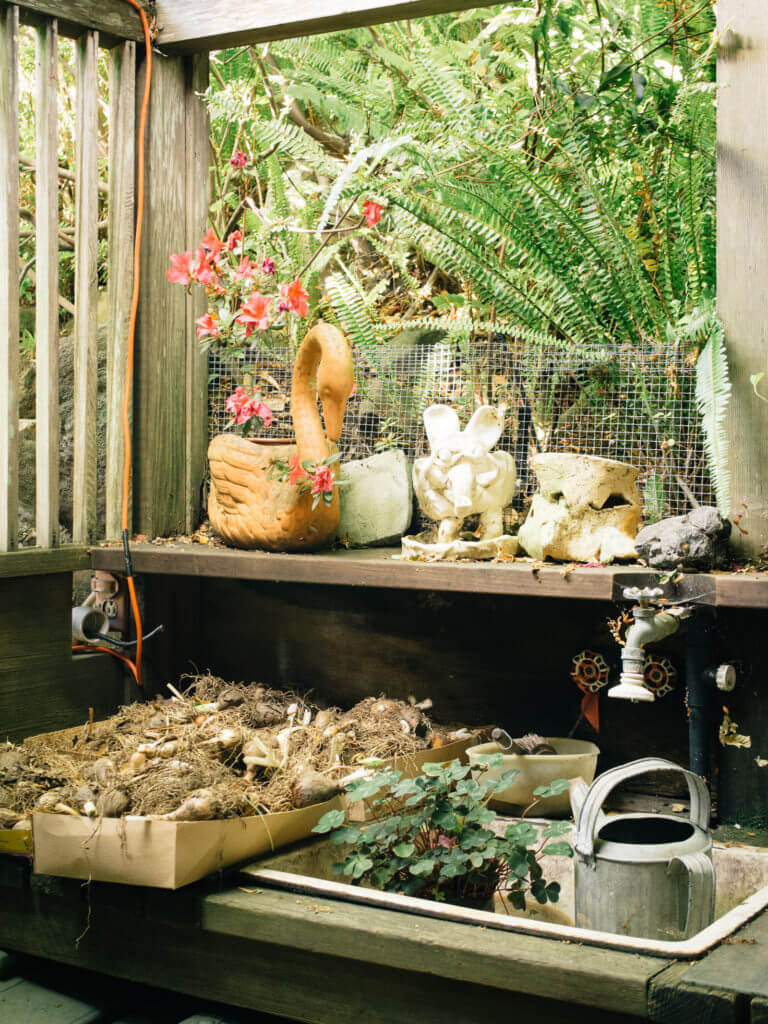
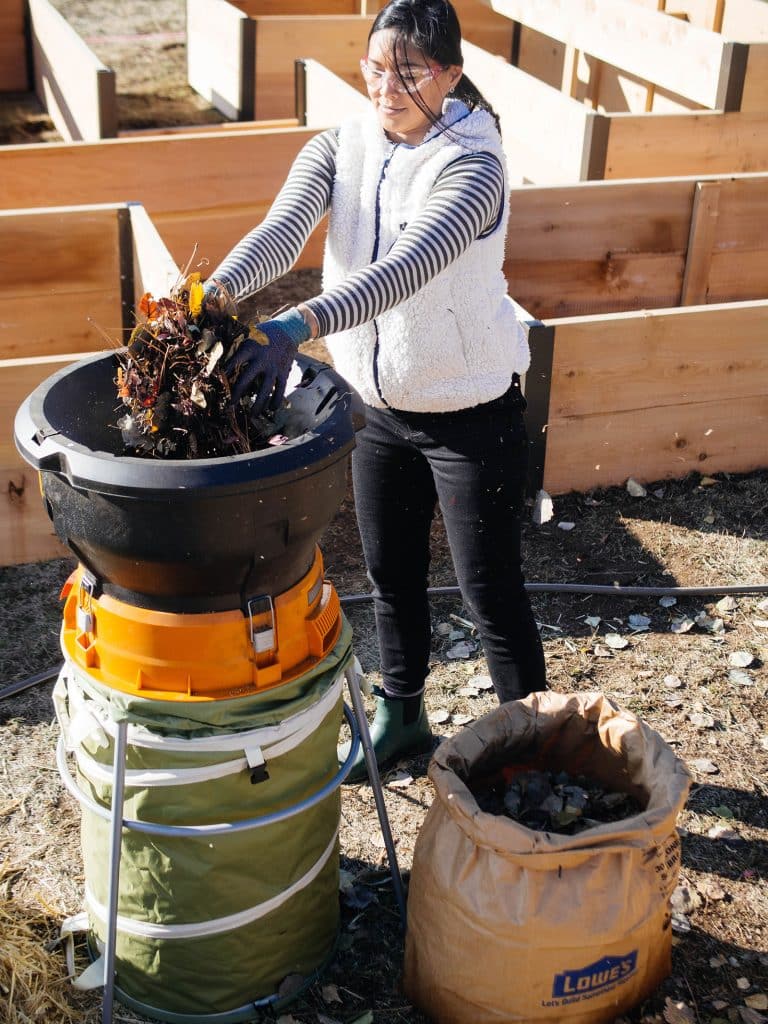

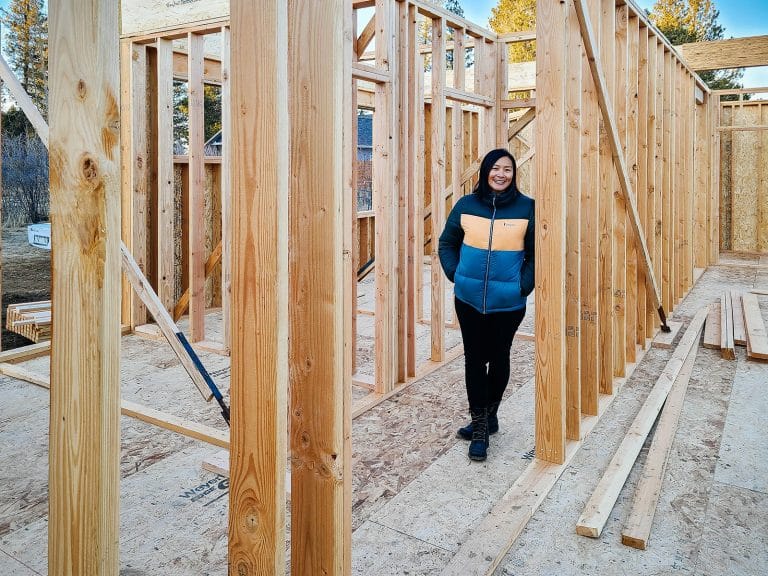
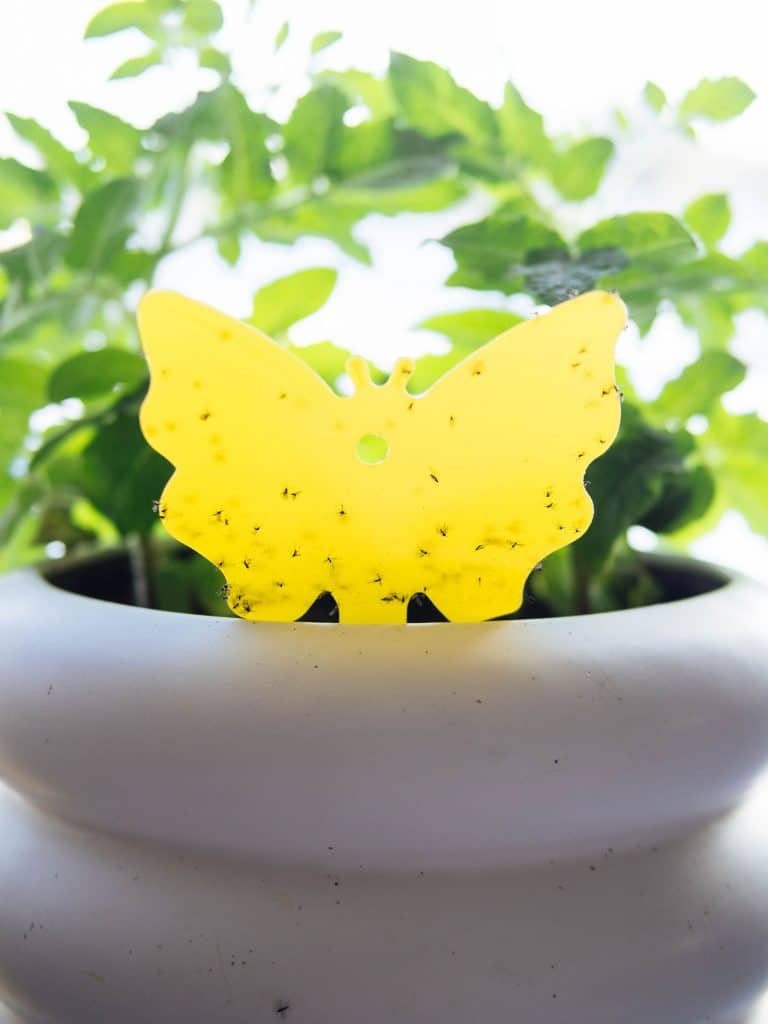

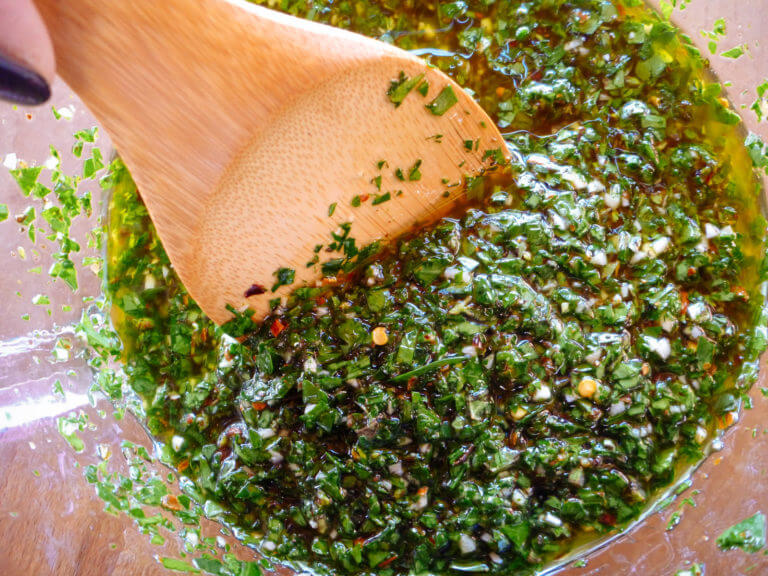


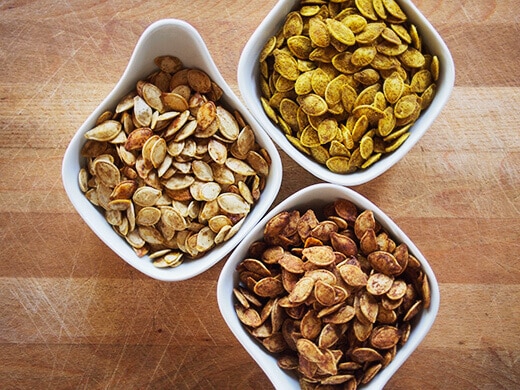

Thanks Linda for all your trustworthy and interesting articles/blog. My veggie garden looks so healthy and productive this year thanks to info you and your lively followers bestowed. I have been ensuring temps below 90 in my greenhouse and keeping the aphids at bay from my peppers, etc. No blossom drop this year but has effected my hot peppers in years past.
I live in se Bend and 1 year into following Garden Betty. I appreciate your updated repeats of previous articles. keep ’em coming : )
I like to use grass clippings for mulch around my tomatoes holds the moisture in the soil seems to do well
Great post, Linda! I think i mentioned in an earlier reply that in north central Florida I started my tomato plants quite early and and kept potting them up as they grew, waiting for my onions, grown over the winter, to mature in their big containers. I like to follow plants with unrelated plants. With the tomato in the center of the pot, I can plant vining crops, usually cornfield beans and Malabar spinach around one of those tapered tomato cages. I used tall poles to prevent the cage from falling over from the weight of the tomatoes and the vine crops make use of them. They also provide some shade to the tomatoes. A little extra nitrogen ensures that the tomato blossoms are usually shaded. In Florida, I never got the yields that I got in a cold microclimate in Western Massachusetts. Fungal diseases love the hot humid Florida climate. The only way to get a good yield, organically, was to have pots in two or three gallon pots ready to go into the containers as soon as they were ready. Initialy we had major issues with hornworm, but these diminished over time. (The climate warmed from zone 8 to zone 9, but I have no idea if that affected the hornworms. Possibly, as bird population increased, there was more predation.). A few years we would have a plant that would bear for months–I never was able to concoct a theory as to what the variable was. We never had problems with blossom drop. I found that ‘Celebrity’ hybrid was far more reliable and productive than the other 16 varieties we tried. Last year, in Vermont, we grew one improved ‘Celebrity Plus’ and it outyielded all my daughter’s tomatoes hands down and had almost no leaf fungal problems. It was also the best tomato I ever tasted. She had unmistakeable hornworm damage, in one bed but we never found the hornworms and it did not recur. I think being bird friendly saved her plants. I suspect it was crows. A hornworm is a snack for a crow and they have to be omnivores to keep themselves fed.